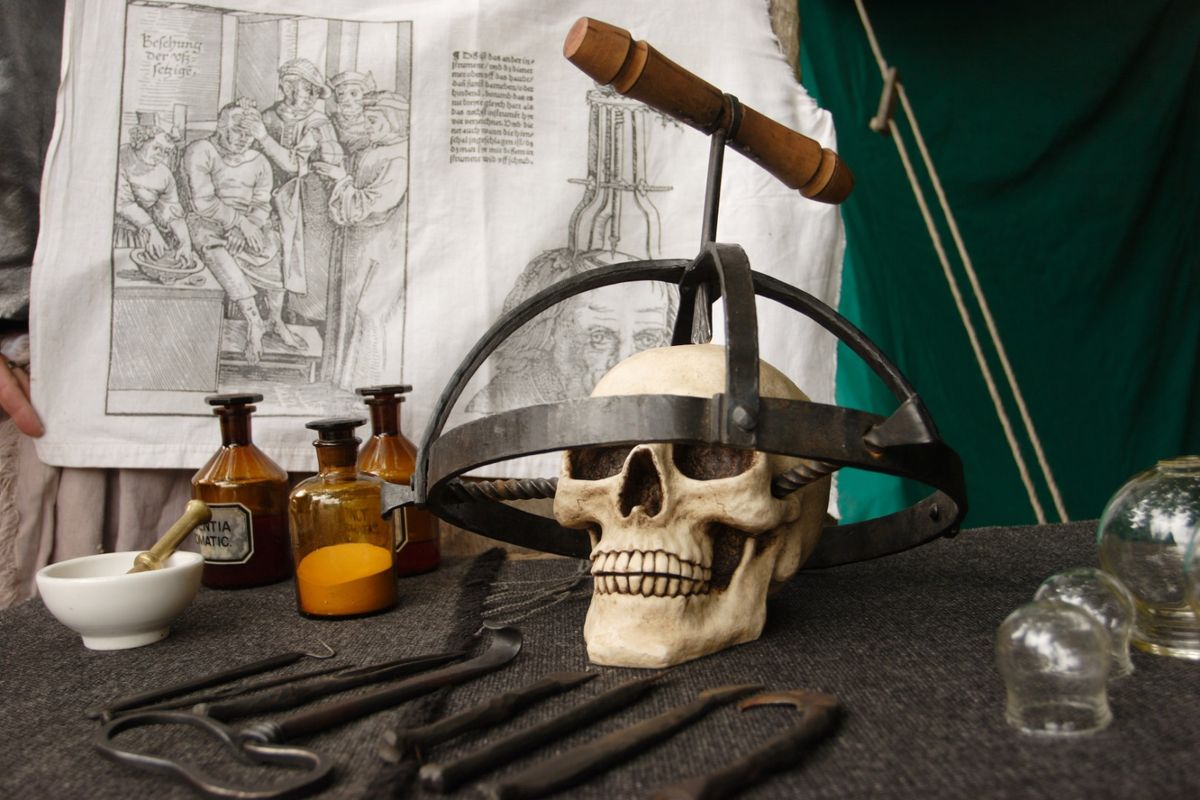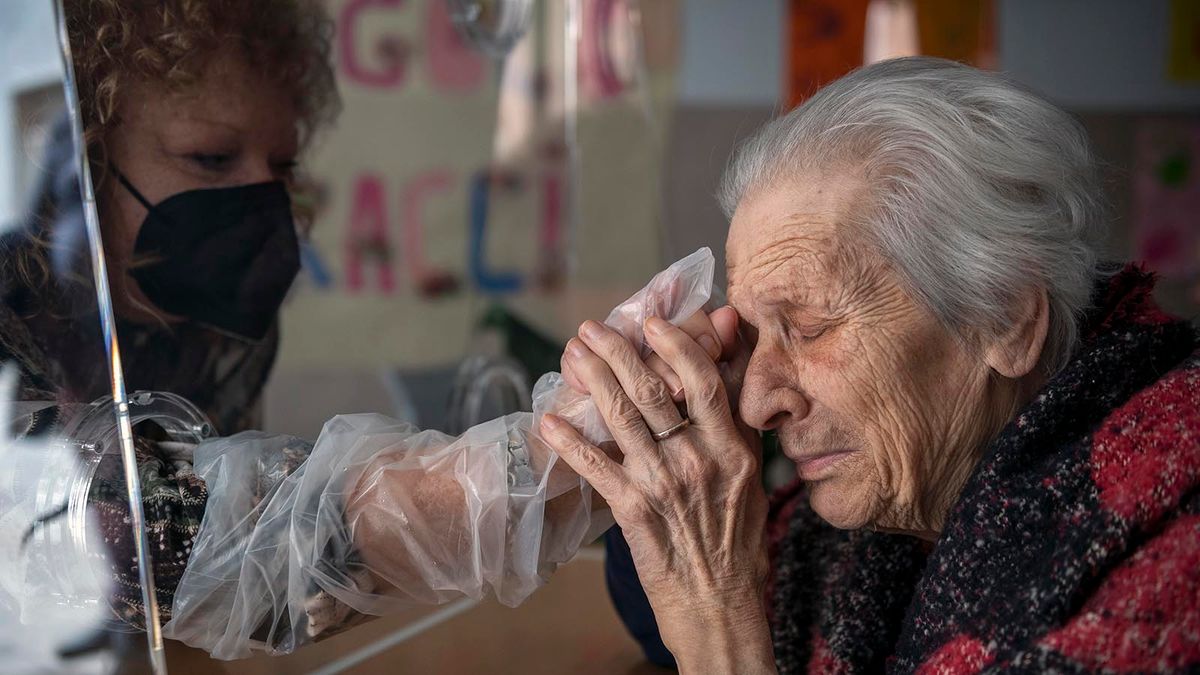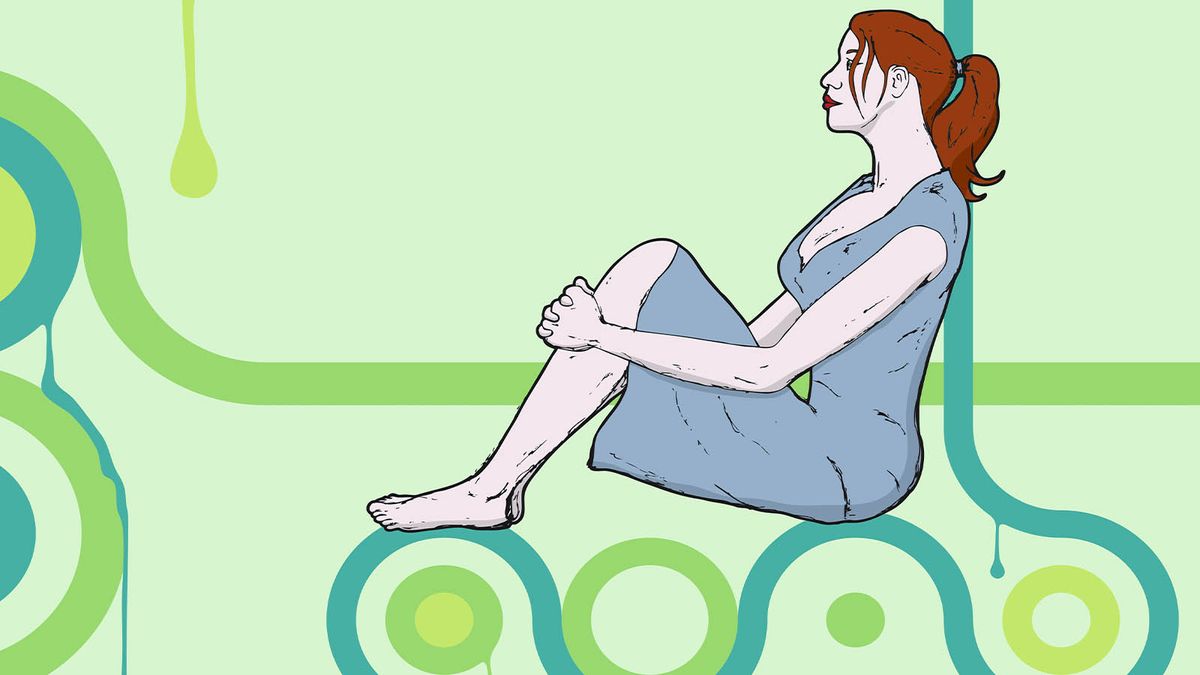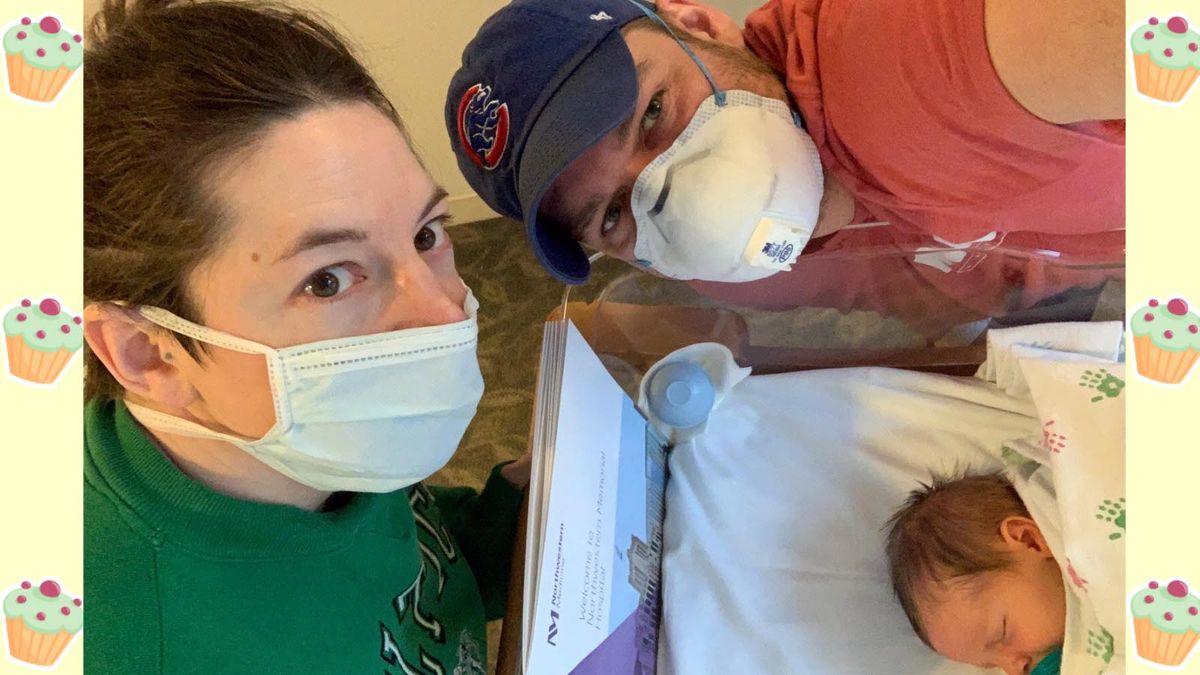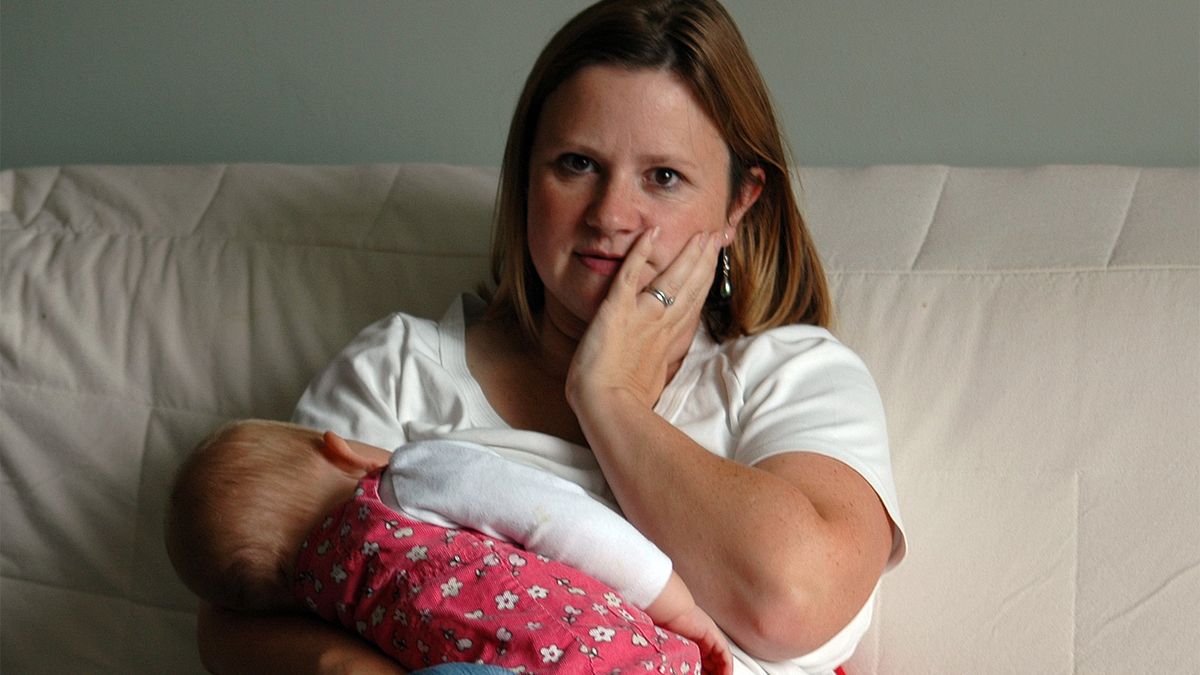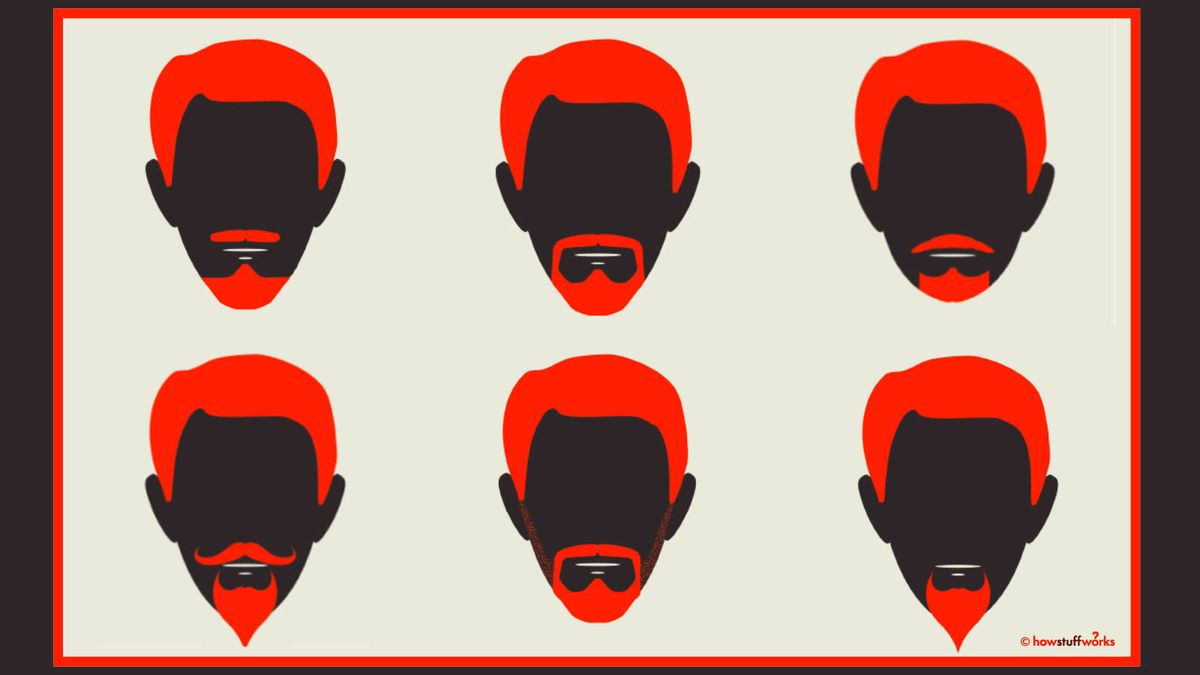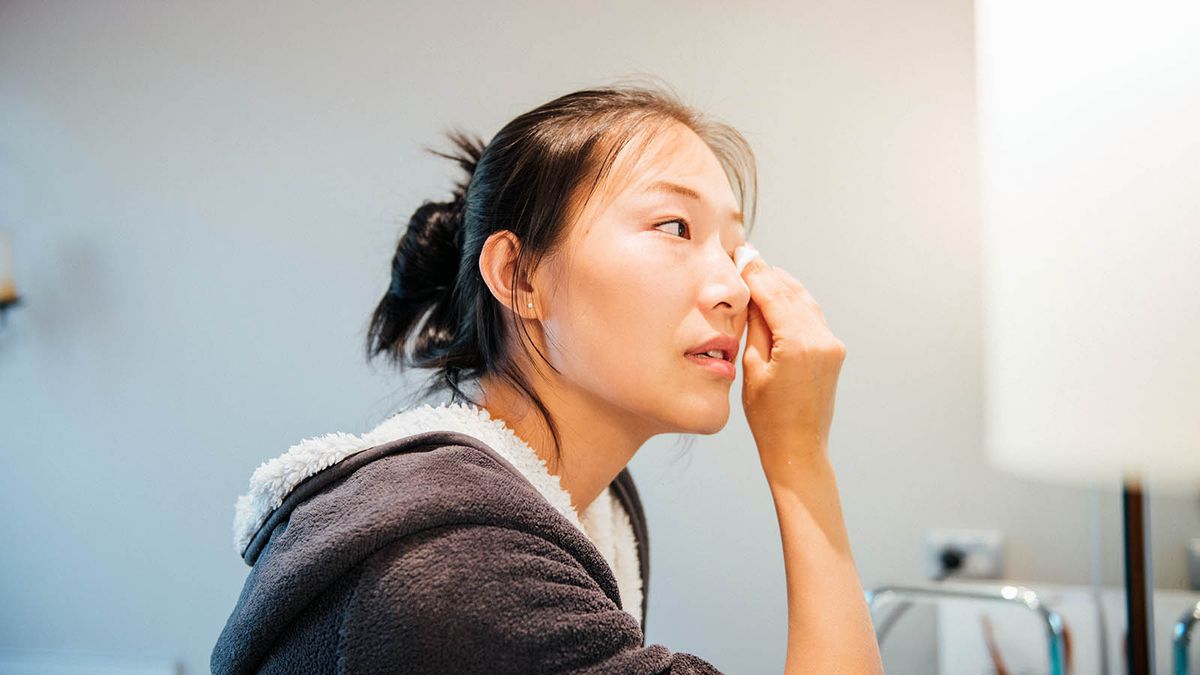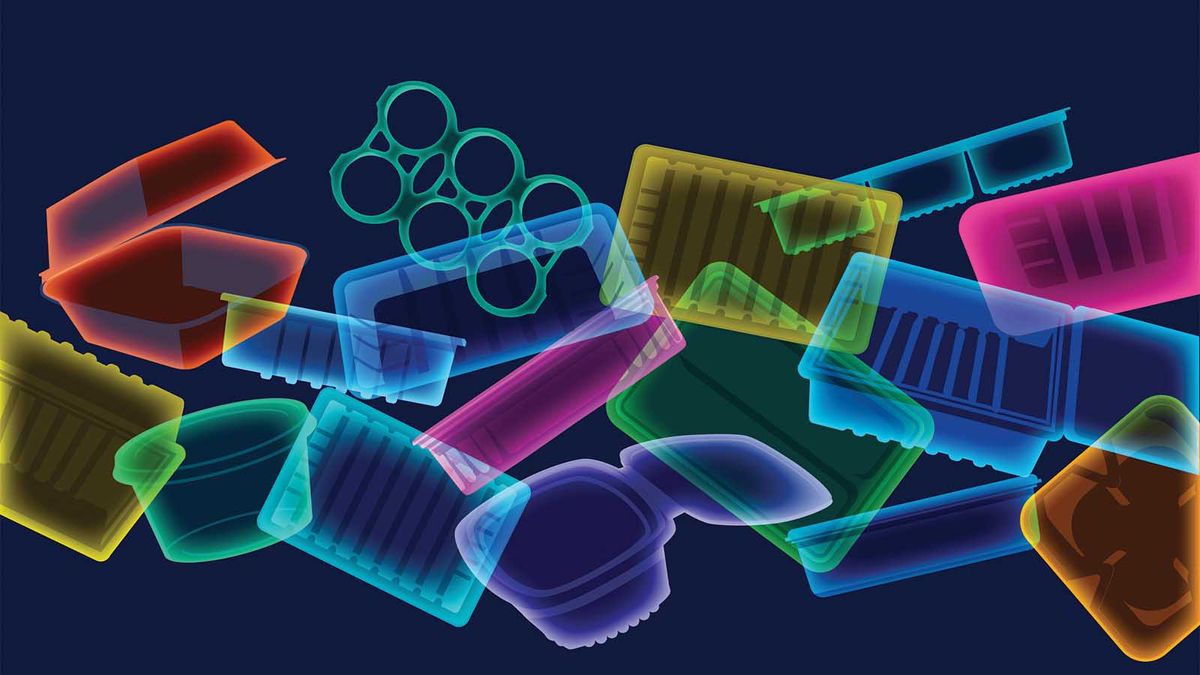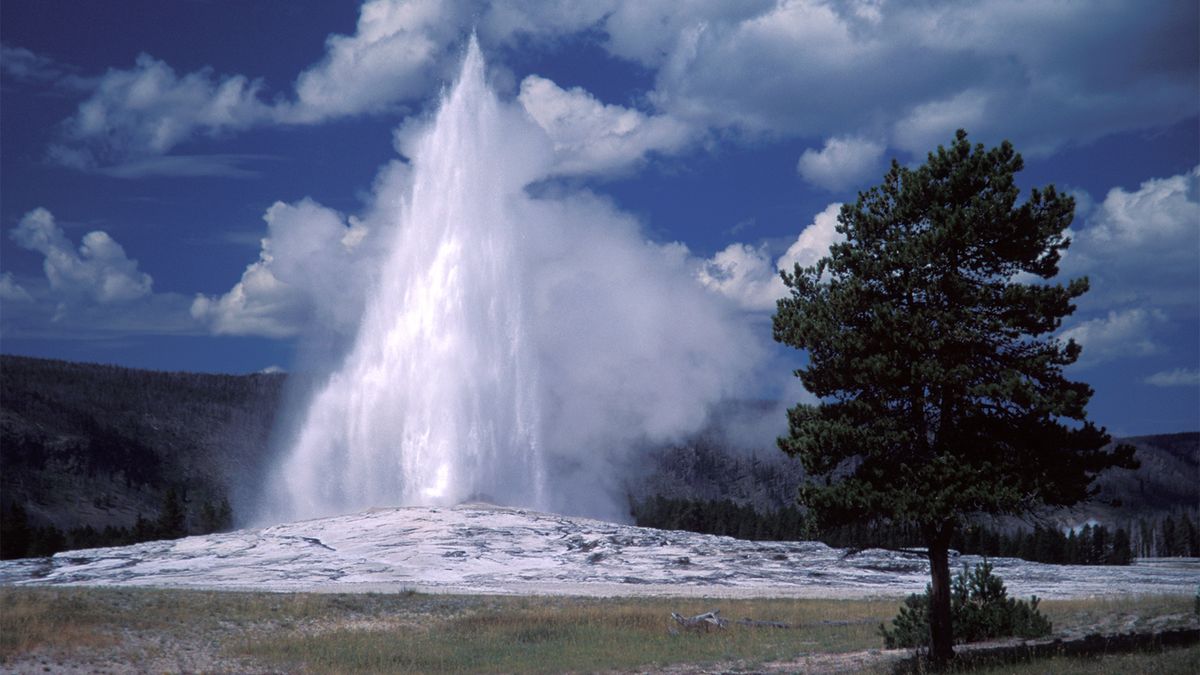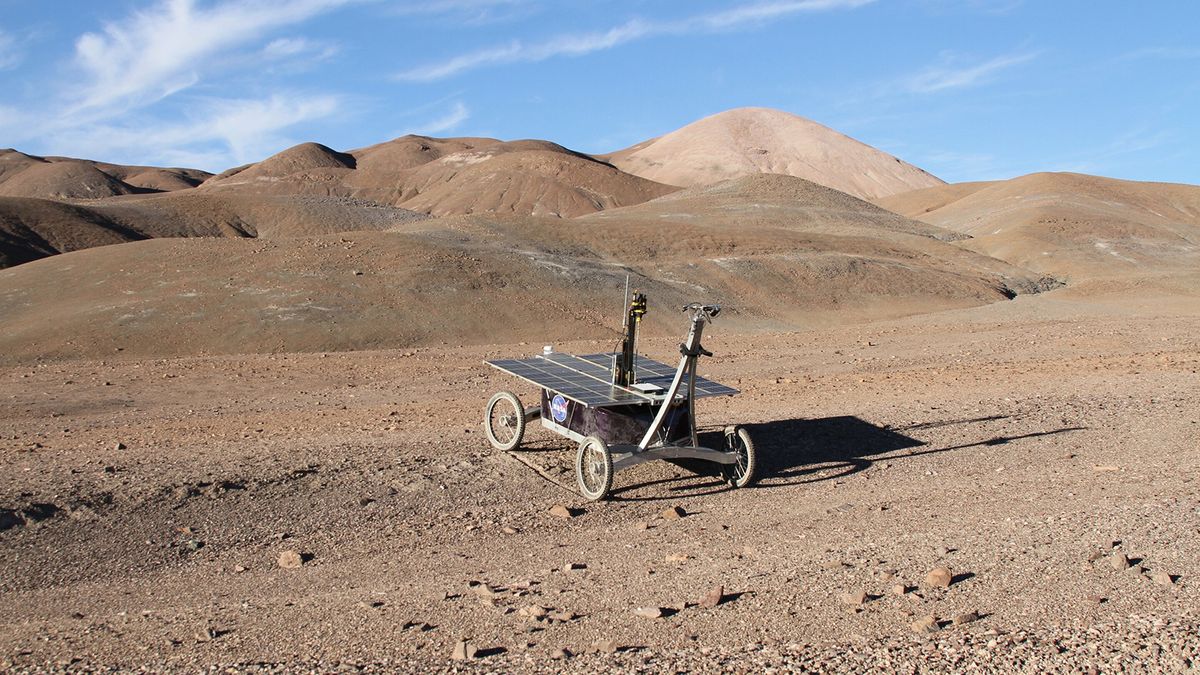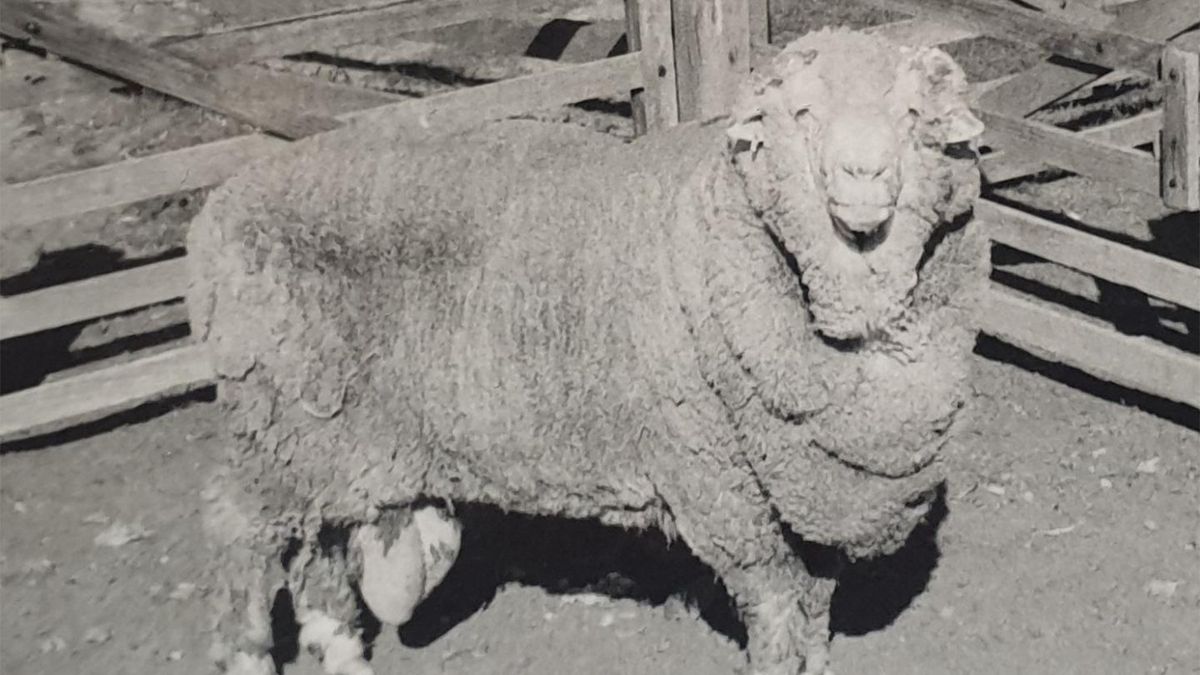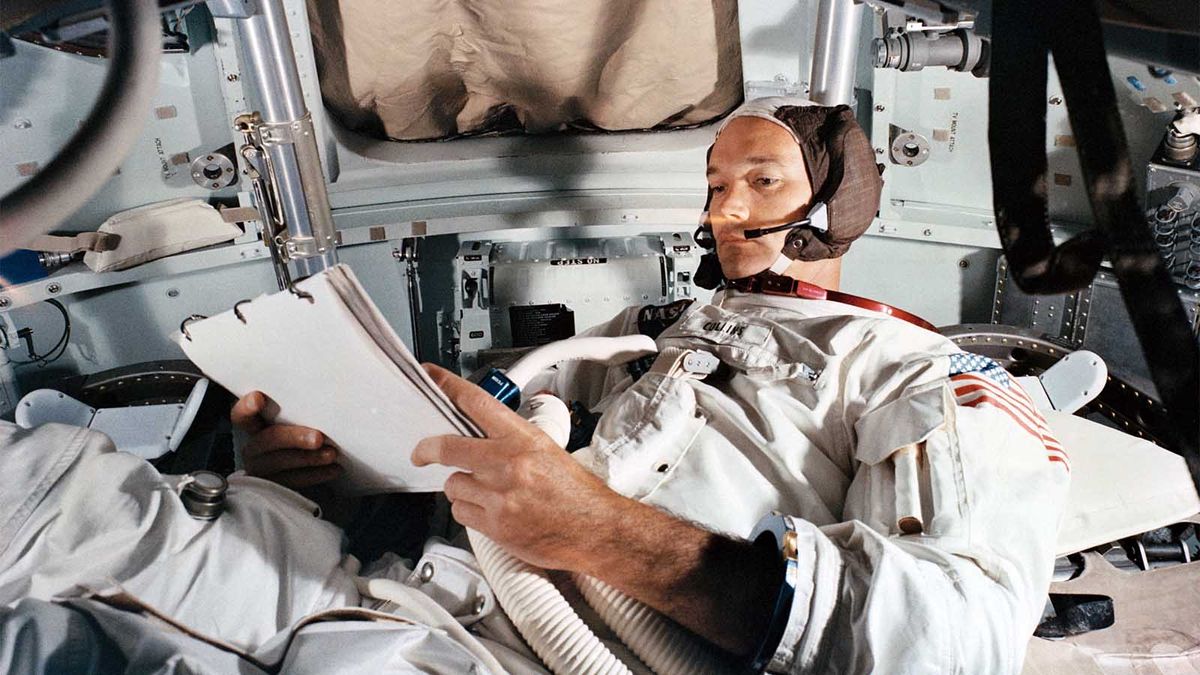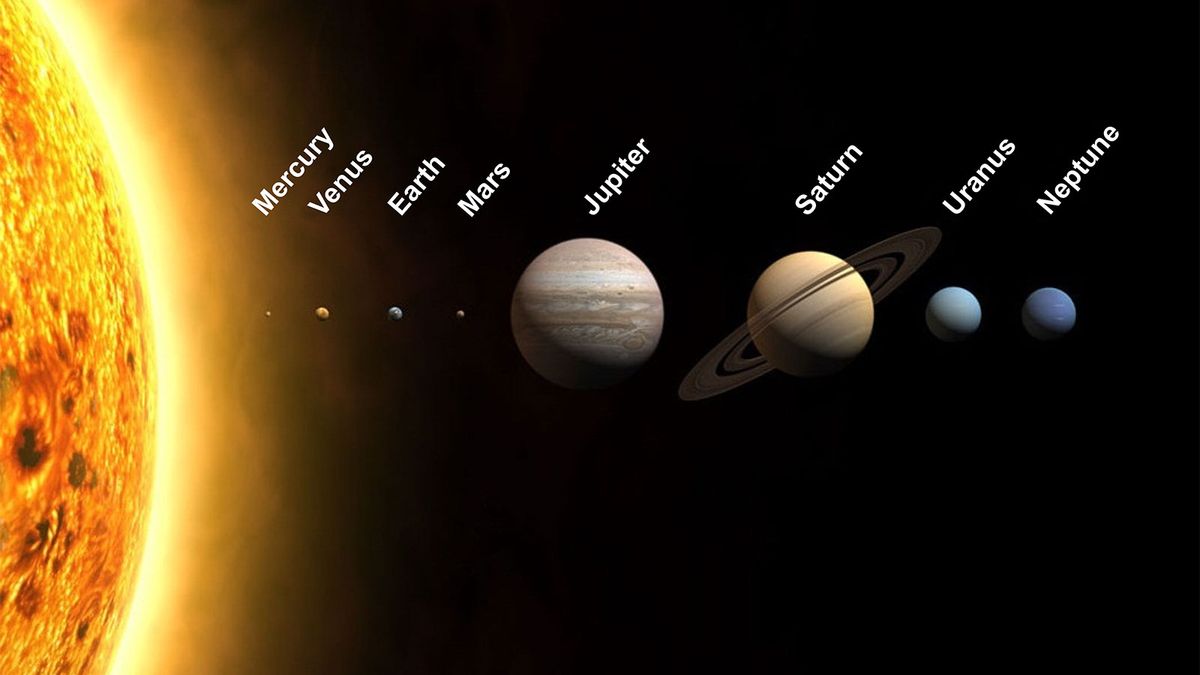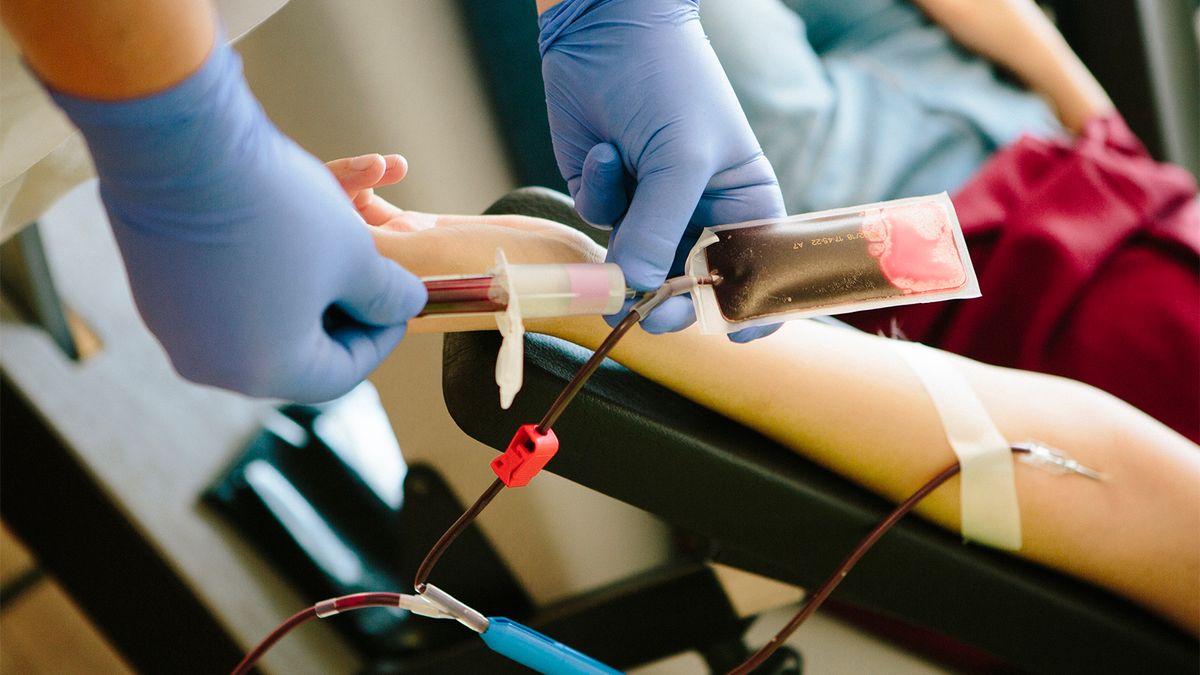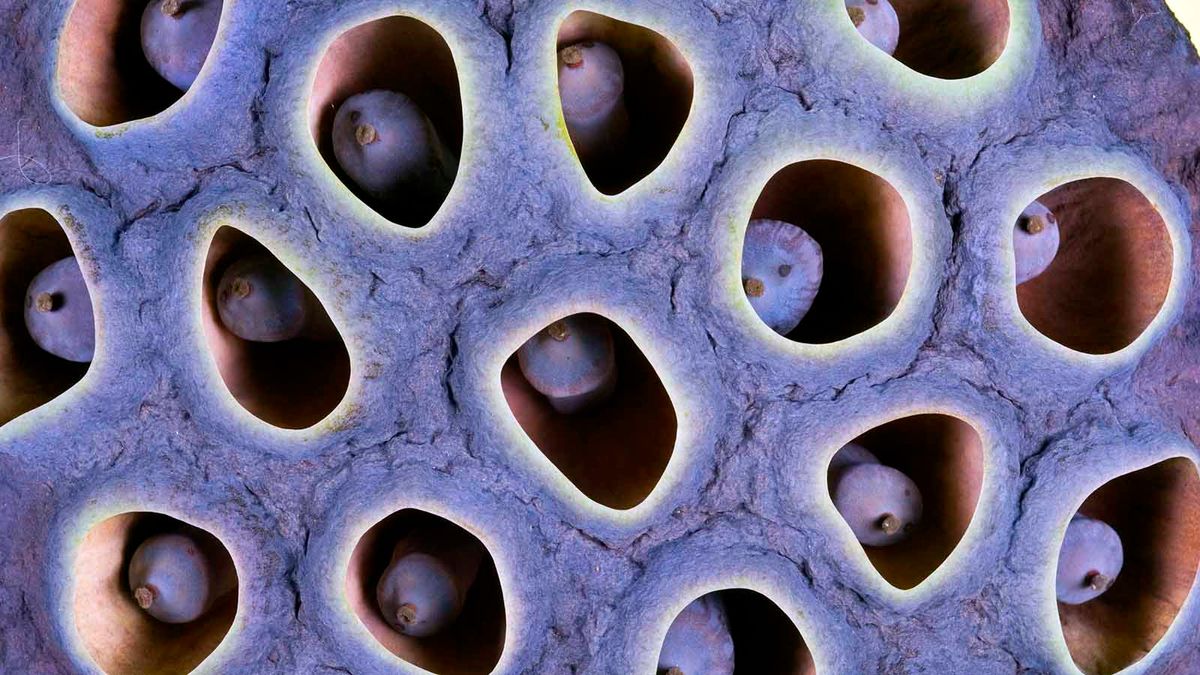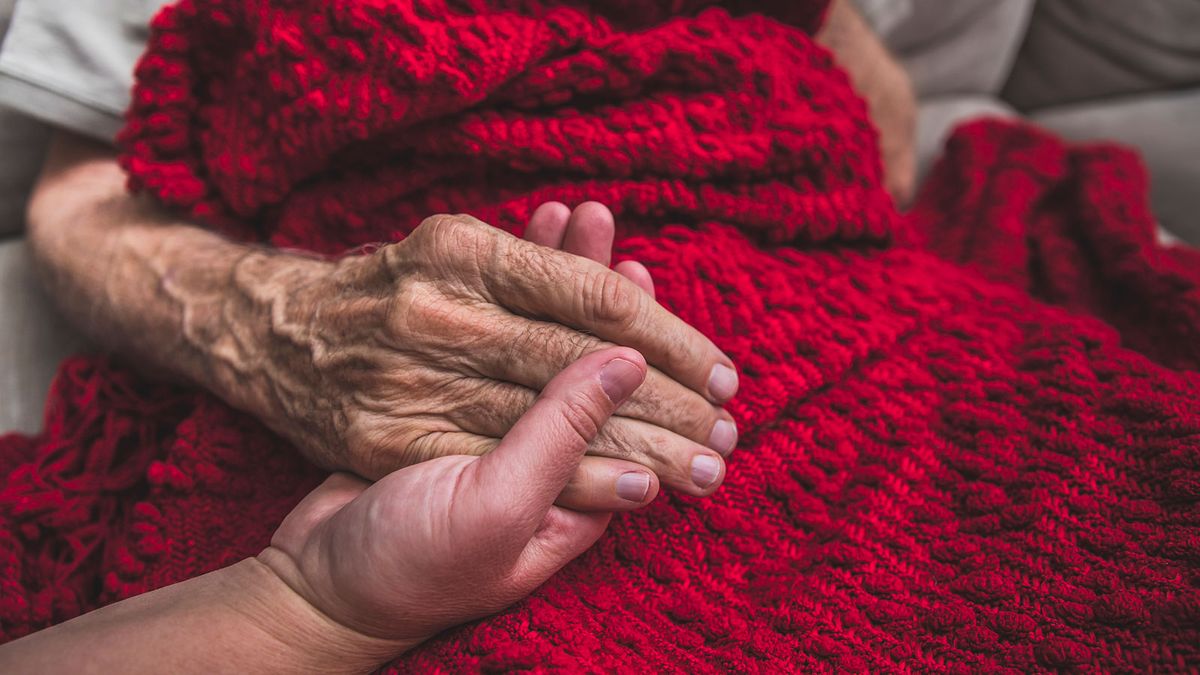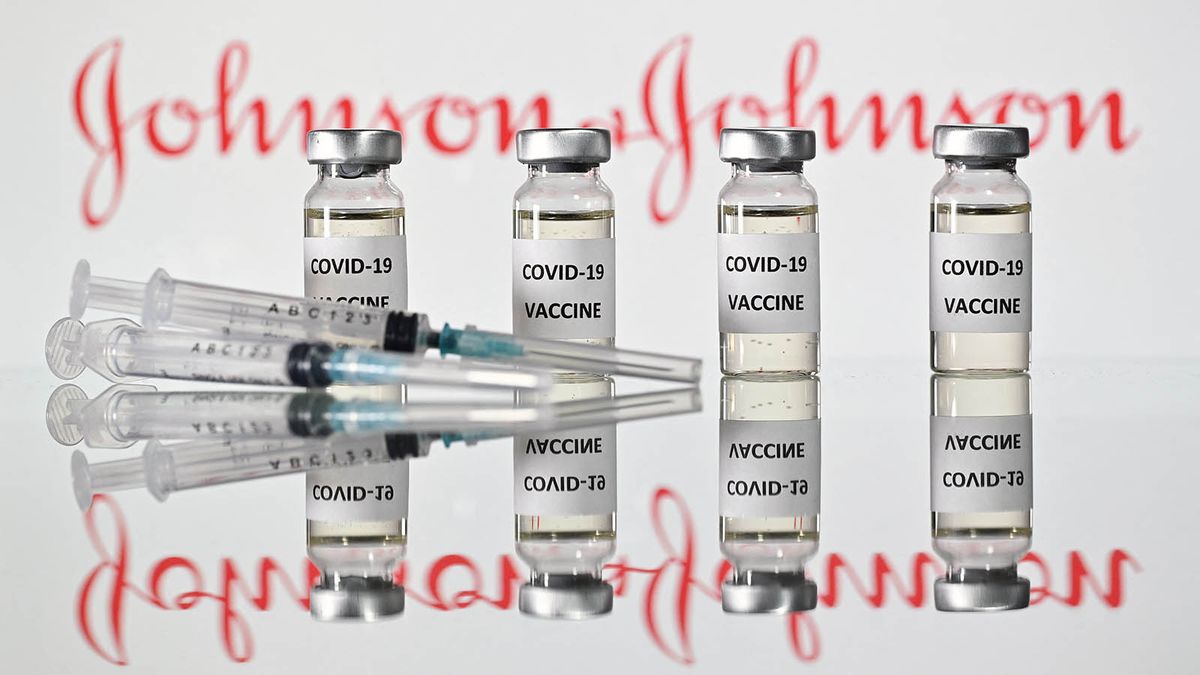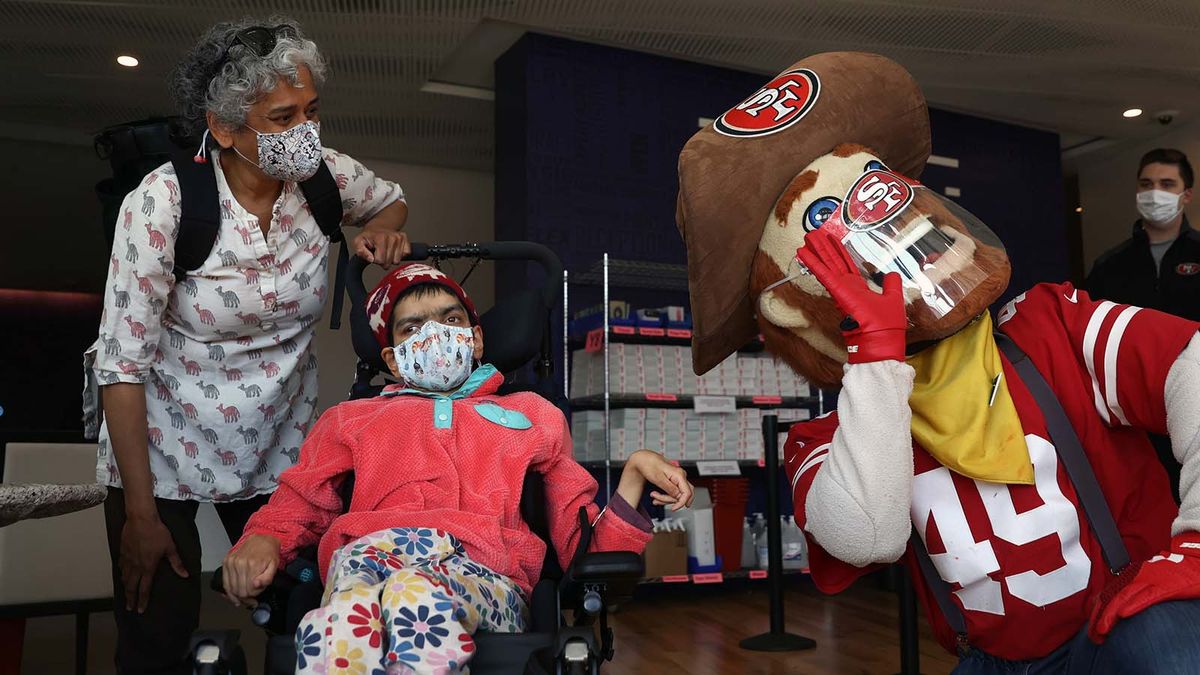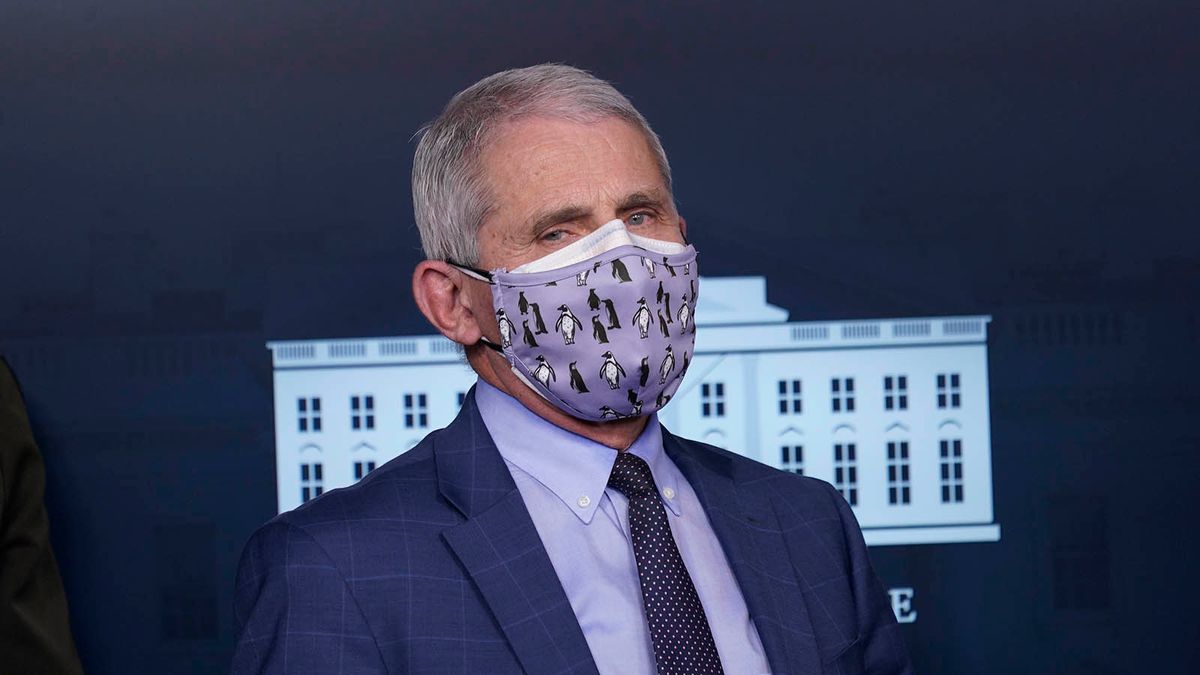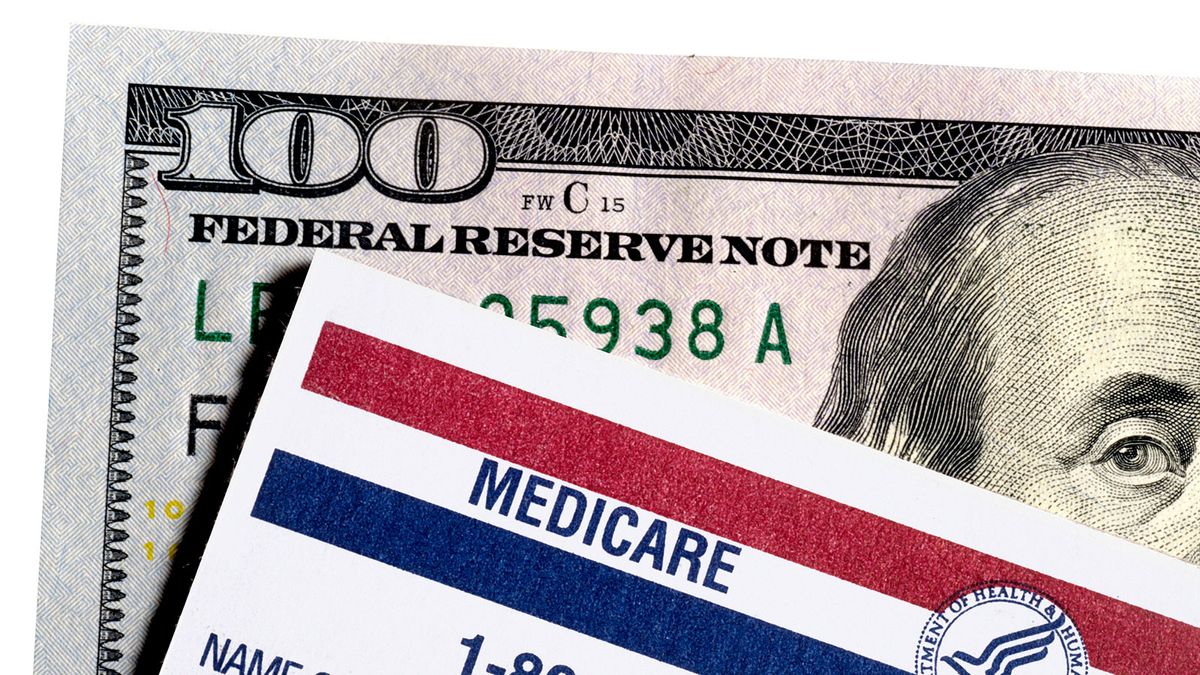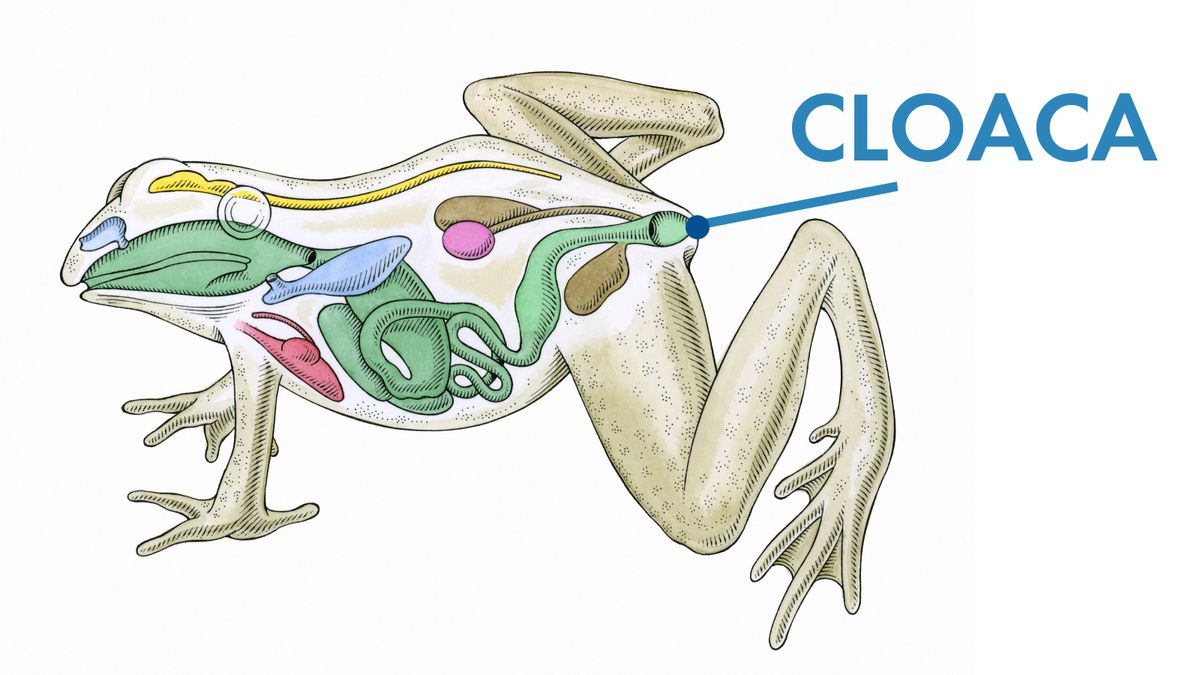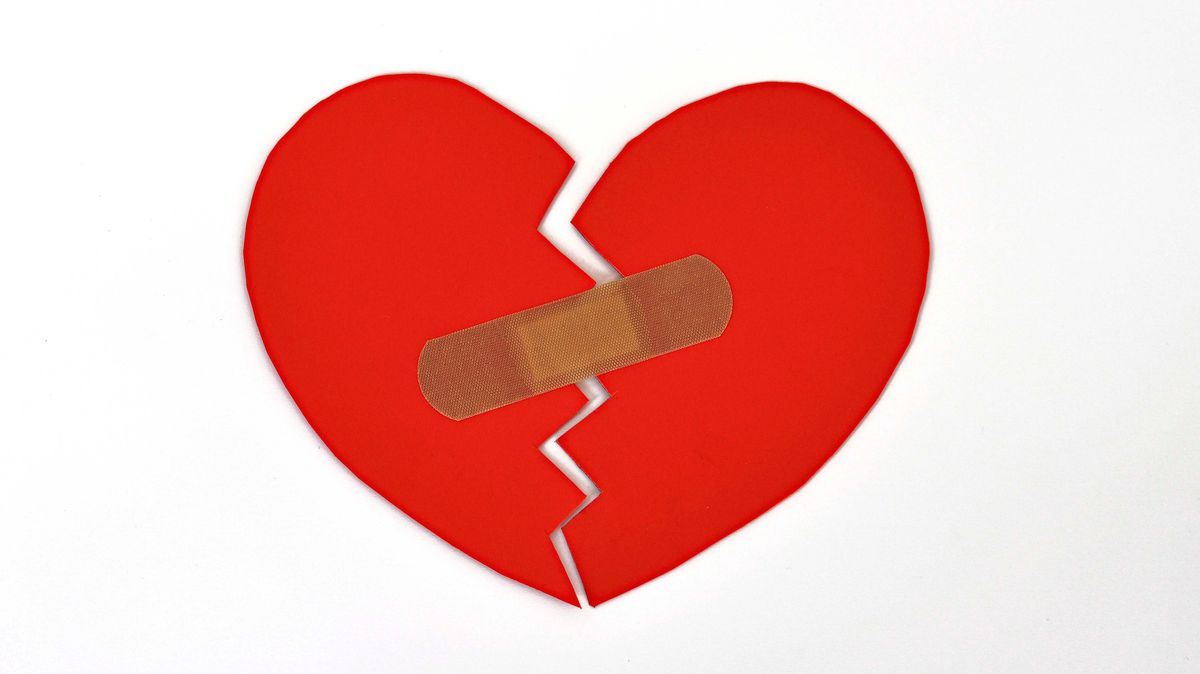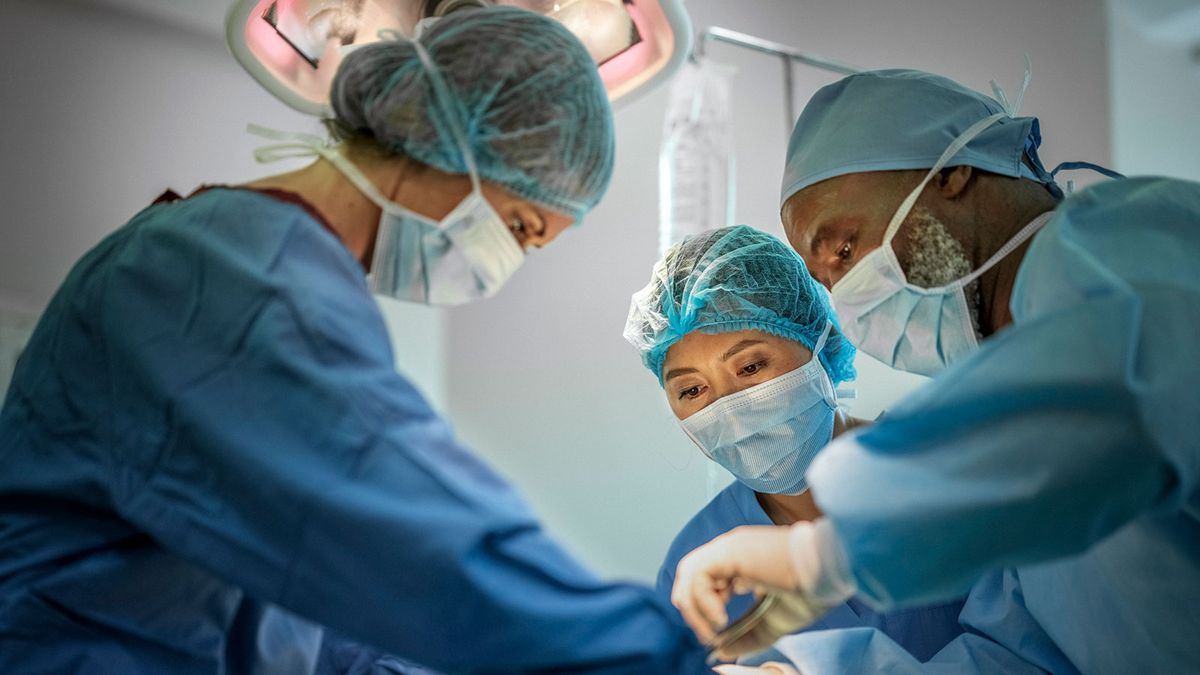
Как многим знаменитостям удается оставаться суперхудыми? Несомненно, многие из них делают это по старинке, придерживаясь строгих диет и программ упражнений . Но, по крайней мере, некоторые из них приобрели свои подтянутые бедра, плоские животы и подпрыгивающие ягодицы в кабинете пластического хирурга, даже если они не хотят в этом признаваться.
Знаменитости не единственные, кто меняет внешний вид с помощью хирургии. По данным Американского общества дерматологической хирургии , врачи ежегодно проводят около 500 000 процедур липосакции в Соединенных Штатах, что делает ее самым популярным видом косметической хирургии .
В этой статье мы узнаем, как выполняется липосакция, узнаем, как проходит процедура, и выясним, какие риски связаны с ней.
Большинство людей знают, что липосакция предполагает удаление жира с определенных частей тела для придания более обтекаемой формы. Но как именно это работает?
Во-первых, что такое жир? Это ткань (также известная как жировая ткань), состоящая из клеток , которые хранят энергию и изолируют тело. Жир, как правило, подкожный — расположен под кожей. Место отложения жира на теле зависит от пола человека. У мужчин жир имеет тенденцию скапливаться в области груди, живота и ягодиц. У женщин она обычно собирается в груди, бедрах, талии и ягодицах.
Различают два слоя подкожно-жировой клетчатки: глубокий и поверхностный. Во время процедуры липосакции (также известной как липопластика или аспирационная липэктомия) врач делает крошечный разрез и вводит полую трубку из нержавеющей стали (называемую канюлей ) в глубокий жировой слой . Работать с этим слоем безопаснее, чем с поверхностным, так как меньше риск травмировать кожу. В типичной процедуре врач проталкивает и вытягивает трубку через жировой слой (новая техника, силовая липосакция, автоматизирует движения). Когда канюля движется, она разрушает жировые клетки , а вакуумный насос или шприц отсасывает жир.
На следующей странице узнайте о рисках и соображениях, связанных с липосакцией.
- Стоимость липосакции и соображения
- Липосакция Хирургия
- Методы липосакции
- После липосакции
Стоимость липосакции и соображения

Липосакция чаще всего используется в косметических целях, чтобы придать более гладкую форму таким областям, как бедра, живот, ягодицы, бедра, бедра, икры, руки или спина — областям, которые не реагируют на диету и физические упражнения. Его также можно использовать для уменьшения размера мужской «груди» или для удаления жировых опухолей ( липом или аномальных жировых отложений). Во время одной хирургической процедуры жир можно удалить из более чем одной части тела.
Важно отметить, что липосакция — это не метод похудения; это просто техника переформирования . Только диета и физические упражнения могут привести к реальной потере веса.
Наличие большого количества лишнего жира не обязательно делает вас хорошим кандидатом на липосакцию. На самом деле, верно обратное. Люди с нормальным весом и в целом в хорошей форме, у которых есть несколько проблемных мест, являются лучшими кандидатами, потому что их кожа упругая и эластичная. Если кожа недостаточно эластична, после процедуры она останется мешковатой. По этой причине у пожилых пациентов могут не наблюдаться такие же результаты, как у более молодых пациентов. Вы также должны быть в хорошей физической форме, чтобы хорошо переносить операцию.
Любой, у кого есть сахарный диабет , проблемы с сердцем , плохое кровообращение , инфекция, кровотечение в анамнезе или нарушение свертывания крови (например, тромбофилия ), должны проконсультироваться со своим лечащим врачом перед тем, как пройти липосакцию. Липосакция также не рекомендуется людям, которые принимают лекарства, препятствующие свертыванию крови (разжижители крови, такие как аспирин , варфарин и гепарин).
Также важно знать, что липосакция не является отдельной медицинской специальностью и не требует специальной подготовки, а это значит, что ее может выполнять любой лицензированный врач, включая пластических хирургов и дерматологов. Управление по санитарному надзору за качеством пищевых продуктов и медикаментов рекомендует вам спросить своего врача, обучен ли он или она специально для выполнения липосакции. Также неплохо поинтересоваться, сколько процедур провел врач. И не ведитесь на рекламу, обещающую удивительные результаты — если они звучат слишком хорошо, чтобы быть правдой, скорее всего, так оно и есть.
См. следующую страницу, чтобы увидеть, как выполняется операция липосакции.
Сколько это стоит?
One of the most important considerations regarding liposuction is cost. That varies based on the areas worked on, the amount of fat removed, the state and the doctor performing the procedure. The average cost for liposuction in one body part ranges from $2,000 to $7,000. Adding another area of the body increases the cost by about $1,200 to $4,000 [ref]. Additional fees include lab tests, anesthesia and the garments worn after the procedure. Because liposuction is considered cosmetic surgery, it is generally not covered by health insurance. But when it is performed for medical reasons (for example, to remove lipomas), some insurance companies will cover the cost.
Liposuction Surgery

Because not everyone benefits from the same type of surgery, and some people aren't good candidates at all, every liposuction procedure starts off with a consultation. The doctor will evaluate your health (both physical and psychological) and determine whether your skin elasticity and fat placement makes you a good candidate. Then he or she will help you decide which liposuction procedure is most appropriate for you.
Liposuction can be performed in a surgeon's office, an outpatient surgery center or in a hospital. Smaller liposuction procedures are usually performed on an outpatient basis, which tends to be less expensive.
Before the procedure, the doctor marks the skin to indicate from which area(s) the fat will be removed. Then, as with most types of surgery, liposuction requires anesthesia . But the type of anesthesia depends upon how much of the body is being worked on. For small areas, doctors can use local anesthesia (which numbs only the area involved). Usually, the doctor administers a sedative (either orally or via injection) along with the local anesthesia to relax the patient.
Alternately, the doctor may give the patient an epidural, which is given intravenously and blocks sensation to an entire part of the body (for example, from the waist down). General anesthesia may be used in a hospital setting when a large amount of fat is to be removed, but it is not recommended by the American Academy of Dermatology. With most liposuction procedures performed today, the doctor injects a local anesthesia as part of a fluid mixture.
During the surgery, the doctor makes a small incision (or several small incisions) and inserts the cannula into the fat layers of the targeted areas. The cannula moves rapidly back and forth to loosen fat cells, which are suctioned out -- typically using a vacuum device attached to the cannula -- and placed into a flask. The cannula creates tunnels in the fat layer that need to collapse in order to heal and create the new body shape. For this reason, the patient must wear a compression garment after surgery. Because fluid is also lost during the procedure, patients sometimes require intravenous fluids following the surgery.
Liposuction Techniques

Doctors use several different types of liposuction procedures. These include:
Tumescent technique
Developed by plastic surgeons in the 1980s, this has become the most popular liposuction method. It is also considered safer than other methods because it limits blood loss and does not usually require intravenous fluid replacement afterwards.
In this procedure, the doctor injects a large volume of anesthetic-containing fluid (as much as five times the fluid and tissue that is removed) into the areas containing fatty deposits. The fluid contains a local anesthetic (lidocaine), a drug that constricts blood vessels to reduce blood loss (epinephrine) and a salt solution to allow for easier fat removal. The fluid causes the fatty tissue to swell up and harden (become tumescent), making it easier to remove with the cannula. Because the fluid contains quite a bit of lidocaine, this procedure is usually performed under a local anesthetic. Although it tends to take longer than other techniques -- as many as four to five hours -- the tumescent technique has the advantages of reducing postoperative swelling, bruising and pain.Courtesy University of Nebraska Medical Center
Super-wet technique
This technique is similar to the tumescent technique, with the exception that it uses less fluid (about the same amount as the amount of fluid and fat tissue removed). Although a small amount of lidocaine is sometimes added to the fluid, this technique often requires general or IV-epidural anesthesia. The procedure takes between one to two hours to perform.
Ultrasound-assisted liposuction (UAL)
This relatively new technique uses a special cannula that vibrates very rapidly and gives off ultrasound energy. As the cannula passes through the fat cells, that energy liquefies the fat cells, which are then suctioned out. The ultrasound can be administered either above the skin (with a special emitter) or below the surface of the skin (with an ultrasound cannula).
There are two types of ultrasound cannulas:
- a solid probe
- a hollow-core probe
The solid probe creates a collection of emulsified fat and tumescent solution beneath the skin, which is then removed with a standard, suction-type cannula. The hollow-core probe both emulsifies fat and removes it, but the doctor must usually go back in with a standard cannula to remove the emulsified fat that the probe leaves behind (Sattler, 2005).
The UAL takes longer to perform than other types of liposuction, but it is more precise and tends to be more effective, especially at removing fat from fibrous areas of the body, such as the back and male breasts. The drawback is that it generates a lot of heat. If the cannula is not removed quickly enough, it can cause a burn. What's more, doctors still don't know the long-term effects of internal ultrasound exposure.
Power liposuctionDoctors now have at their disposal a motorized cannula, which moves back and forth at very rapid speeds over a distance of 3 to 5 millimeters. It can remove about 40 percent more fat per minute than manual liposuction, meaning the procedure takes less time to perform, and it provides smoother results, say doctors (Wagner, 2001).
The History of Liposuction
In 1975, Italian researchers Georgio and Arpad Fischer first came up with the idea of removing fat through hollow tubes attached to a suction device. But their "dry" liposuction technique had many risks, most notably severe blood loss and postoperative complications such as skin dents. A French surgeon, Yves-Gerard Illouz, later devised the safer "wet" technique, in which he injected a salt solution into the surgical area to reduce blood loss and ease removal of fat tissue. In 1987, a California dermatologist, Jeffrey Klein, came up with the tumescent technique, adding the anesthetic lidocaine into the injected solution. This remains the most popular liposuction technique used today.
After Liposuction

If the patient was under local anesthesia for the procedure, he or she can typically go home within the same day after surgery. General anesthesia often requires an overnight stay at the hospital or surgical center.
After the procedure, many patients have fluid drainage from the liposuction site. Sometimes, doctors need to insert tubes to facilitate that drainage. Often, patients wear a tight-fitting elastic garment over their surgical site to compress the affected area, reduce swelling and promote healing. Patients may also take antibiotics to prevent infection (see How do antibiotics work? ).
The stitches in the incision are removed or dissolve after about 10 days. Many patients experience pain, soreness or burning during the healing process, but these symptoms usually go away within three weeks. After about four to six weeks, the swelling should go down enough to see results. Patients need to avoid heavy exercise and other strenuous activity for about a month after the procedure.


Liposuction is permanent, but it cannot erase obesity. If a person undergoes liposuction and then eats too much and doesn't exercise, he or she will notice a rippling in the treated areas, and the fat will pop up in other parts of the body. This occurs, in part, because of a hormone called leptin, which is made in fat cells. Levels of this hormone drop when fat is removed. That drop triggers an increase in appetite (and therefore food intake) until levels are back up. The problem is especially pronounced in people who were overweight prior to the procedure. To compensate for the lost fat cells, their bodies produce more fat cells in other areas, and fat begins to congregate there. The liposuction procedure can be repeated if necessary, but there is no guarantee that the same effect won't happen again.
The Risks
As with any surgery, liposuction carries some risks. These include:
- Infection
- The formation of fat clots or blood clots, which can loosen and move to the lungs (a potentially fatal condition called pulmonary embolism)
- Too much fluid loss, leading to shock and potentially death
- Fluid accumulation
- Nerve damage that causes numbness or changes in sensation
- Swelling that lasts for several weeks or months after the procedure
- Skin death (necrosis), in which the skin above the liposuction site sloughs off and dies and/or becomes infected
- Burns from the ultrasound probe
- Punctures to the organs (For example, the intestines may be punctured during abdominal liposuction.)
- Drug reactions, including reactions to the lidocaine fluid that is injected in the tumescent and super-wet techniques
- Rippling or indentation under the skin if the doctor removes too much fat
- Scarring (although doctors make every attempt to keep the scars small and hidden)
In rare cases, liposuction can lead to death. Research on the subject is mixed, but estimates range from 3 to 100 deaths per 100,000 liposuction procedures [ref].
For more information on liposuction and related topics, check out the links on the next page.
Thank You
Thanks to Scott Bernstein, MD, for his assistance with this article.
Lots More Information
Related Articles
- How Anesthesia Works
- How Botox Works
- How Breast Implants Work
- How Cosmetic Dentistry Works
- How Dieting Works
- How Exercise Works
- How Fat Cells Work
- How Hair Replacement Works
- How Lawsuits Work
Sources
- FAQ: Cost of Liposuction. Liposuction.com.http://www.liposuction.com/faqs/cost_of_liposuction.php
- Greeley, Alexandra. "Planning to Look Flab-U-Less? Know the Facts About Liposuction." FDA Consumer Magazine, November-December 2000. http://www.fda.gov/fdac/features/2000/600_flab.html
- Lipo Letter. The American Society for Dermatologic Surgery, Issue #2, 2004.http://www.asds-net.org/old/LipoLetter/Lipo2.pdf
- Liposuction. American Society of Plastic Surgeons.http://www.plasticsurgery.org/public_education /procedures/Lipoplasty.cfm
- Liposuction. National Institutes of Health.http://www.nlm.nih.gov/medlineplus/ency/article/002985.htm
- Liposuction Costs. Liposite.com.http://www.liposite.com/faq/6.html
- Liposuction Information. U.S. Food and Drug Administration.http://www.fda.gov/MedicalDevices/ProductsandMedicalProcedures/SurgeryandLifeSupport/Liposuction/ucm256139.htm
- Sattler, Gerhard. "Advances in Liposuction and Fat Transfer," Dermatology Nursing, April 2005, pages 133-139.
- Shelton, Ron MD. "Tumescent Liposuction." eMedicine, December 7, 2004.http://www.emedicine.com/derm/topic526.htm
- Wagner, Karen. "Power Liposuction Offers Safer, Faster Fat Removal," Dermatology Insights, Spring 2001, page 26.
- FAQ: Cost of Liposuction. Liposuction.com.http://www.liposuction.com/faqs/cost_of_liposuction.php
- Greeley, Alexandra. "Planning to Look Flab-U-Less? Know the Facts About Liposuction." FDA Consumer Magazine, November-December 2000. http://www.fda.gov/fdac/features/2000/600_flab.html
- Lipo Letter. The American Society for Dermatologic Surgery, Issue #2, 2004.http://www.asds-net.org/old/ LipoLetter/Lipo2.pdf
- Липосакция. Американское общество пластических хирургов.
- Липосакция. Национальные институты здравоохранения. http://www.nlm.nih.gov/medlineplus/ency/article/002985.htm
- Стоимость липосакции. Liposite.com.http://www.liposite.com/faq/6.html
- Информация о липосакции. Управление по санитарному надзору за качеством пищевых продуктов и медикаментов США.
- Заттлер, Герхард. «Достижения в области липосакции и пересадки жира», «Уход за дерматологами», апрель 2005 г., стр. 133-139.
- Шелтон, Рон, доктор медицины. «Тумесцентная липосакция». eMedicine, 7 декабря 2004 г. http://www.emedicine.com/derm/topic526.htm
- Вагнер, Карен. «Мощная липосакция обеспечивает более безопасное и быстрое удаление жира», Dermatology Insights, весна 2001 г., стр. 26.

